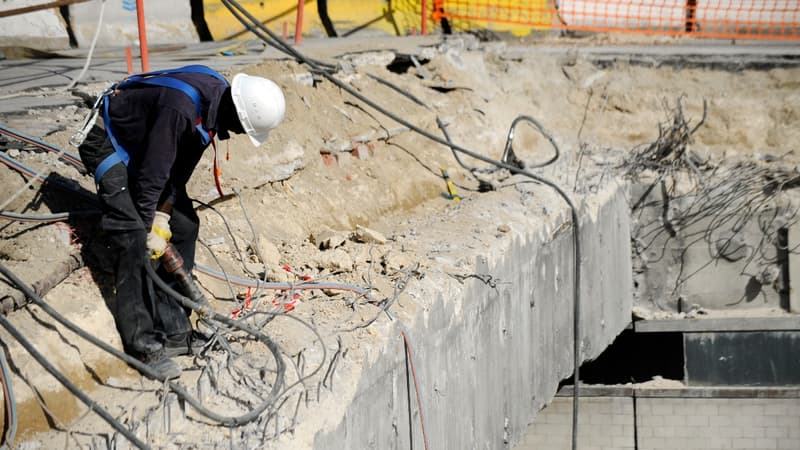Penury is one of the great issues of the pension reform, and one of the reasons for the mobilization of the unions against it. Employees exposed to certain risks, such as noise or night work, can now retire earlier thanks to the points accumulated in their professional training (C2P) account. The pension reform plans to change certain criteria.
• How are difficulties taken into account?
An employee in the private or agricultural sector exposed to one or more occupational risks in the exercise of their profession, such as noise or night work, can now open a professional prevention account (C2P). This account allows you to accumulate points, which are then used to finance professional training, move to part-time work without loss of salary or even benefit from early retirement.
The C2P was born during the five-year period of Hollande, under the name of personal account for the prevention of difficulties (C3P). Upon his arrival at the Élysée, Emmanuel Macron eliminates the term “difficulty” and simplifies the system, by eliminating four criteria out of the ten that were previously taken into account. The transport of heavy loads, painful postures, mechanical vibrations and dangerous chemical agents are excluded.
• How do I accumulate points?
An employee who performs a “difficult” job and is exposed to a risk factor accumulates 4 points per year (8 points if born before 1956). An employee exposed to several risk factors accumulates 8 points per year (16 points if he was born before 1956). These points accumulate in the employee’s account until he uses them or retires. Attention: currently, it is not possible to accumulate more than 100 points.
• How to use these points for retirement?
In case of retirement, the points accumulated in the C2P can be used to leave before the legal age. Ten points allow you to obtain a quarter and it is possible to use up to 80 points to anticipate your departure (of a maximum of 100 points, 20 points are reserved for professional training). More specifically, an employee can earn up to eight quarters, thus retiring two years early.
• What are the difficulty criteria today?
Now six difficulty criteria are taken into account. Three criteria are related to work rhythms:
- night work,
- work in successive teams (in 3×8 for example)
- and repetitive work.
Three other criteria relate to the professional environment:
- the hyperbaric environment (i.e. in a place where the pressure is higher than atmospheric pressure, for example, underwater),
- noise
- and extreme temperatures.
But being exposed to one of these risks is not enough. In order to accumulate points in your C2P, you must reach certain exposure thresholds. For extreme temperatures, for example, work is considered strenuous if it is carried out at temperatures below 5°C or above 30°C. For night work, it is at least one hour of work between midnight and 5 am and 120 nights a year.
• What will the pension reform change?
The pension reform, in its current state, proposes lowering the thresholds for the acquisition of points for night work (100 nights instead of 120 nights a year) and for work in successive shifts (30 nights instead of 50 nights a year ). According to the government, this would open the rights to 60,000 more people. The executive also agrees to eliminate the maximum limit of 100 points in C2P.
The value of points for professional training or part-time work will also be reinforced: one point will finance 500 euros of training, compared to the current 375 euros, and ten points will allow you to go part-time without loss of salary for four months . , compared to three months today. The executive also announced the creation of a retraining license for employees who wish to leave these difficult jobs.
In addition, the postponement of the statutory retirement age to 64 by 2030 will automatically raise the potential hardship retirement age. More specifically, with the example of an employee, eligible for C2P, who would have accumulated the 80 points necessary to retire two years earlier: before he could retire at 60 instead of 62, now it will be at 62 instead of 64.
• What about the criteria removed in 2017?
The Government refuses to restore the criteria abolished in 2017, as demanded by the unions, considering them “too difficult to measure”. However, the executive proposed specific measures in terms of ergonomic risks (transportation of heavy loads, painful postures, mechanical vibrations), evoking the creation of an “investment fund in the prevention of professional burnout” endowed with one billion euros.
Source: BFM TV


